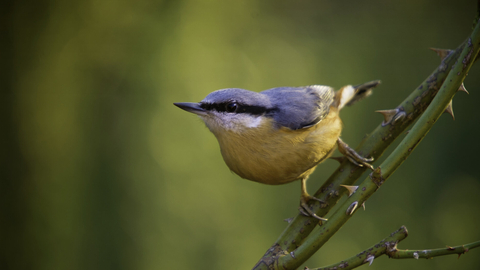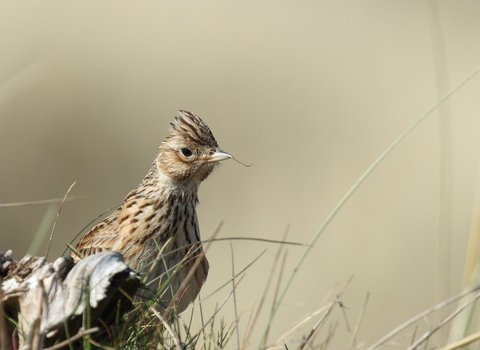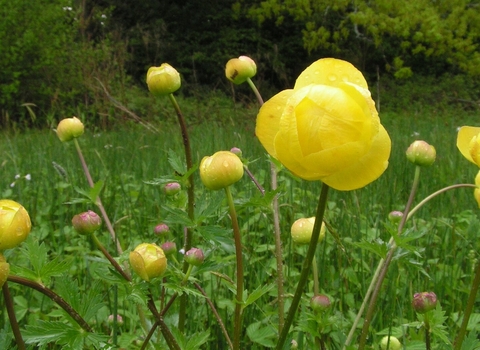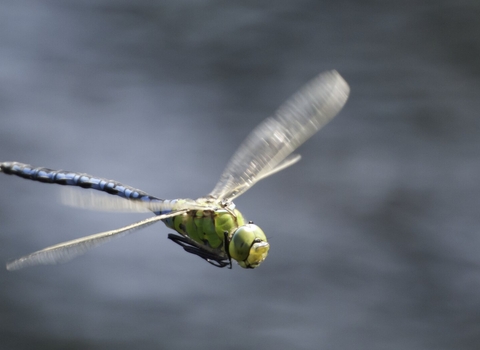
Neil Aldridge
Poor Man’s Wood/Gallt y Tlodion, Llandovery
Know before you go
Dogs
When to visit
Opening times
Open access reserve.Best time to visit
Spring and SummerAbout the reserve
Ancient upland Oak woodland and stream.
Poor Man’s Wood is a Sessile Oak wood with a Hazel understorey, on a hillside with a northerly aspect. The canopy also includes Rowan, Holly, Crab Apple, Sallow, Ash, and Elder, with a few Beech at the northwest end. There is a small quantity of Wild Service trees, a local species.
The ground flora is more limited on the upper slopes, with Bilberry and abundant moss carpets but a wider range of woodland flowers occur lower down including Bluebell, Wood Anemone, Wood Sorrel, Ground Ivy, Lesser Celandine, Yellow Archangel, Campion and Wood Violet. Epiphytes are abundant. A stream marks the northern boundary, but there are relatively few wet flushes. Acidic rocks outcrop near the stream, and moisture-loving bryophytes such as the sub-oceanic temperate “liverwort looking” moss, Hookera lucens grow well.
The breeding bird assemblage, typical of this upland Oak woodland habitat, includes Blackcap, Buzzard, Nuthatch, Pied Flycatcher, and Wood Warbler, with both Great and Lesser Spotted Woodpecker having been seen. Buzzards also nest in the wood and mammals include Badger.
The woodland was donated to the town of Llandovery by Vicar Prichard, the author of ‘Canwyll y Cymru' – The Welshman’s Candle’ in the sixteenth century, one of his conditions being that the Council and townsfolk of Llandovery could “on foot only, enter on the property demised, for the purpose of taking dead wood for fuel, being such amount that they can carry on their backs.” The wood was also used for lead mining in the nineteenth century. Coppicing has been carried out towards the town end.



